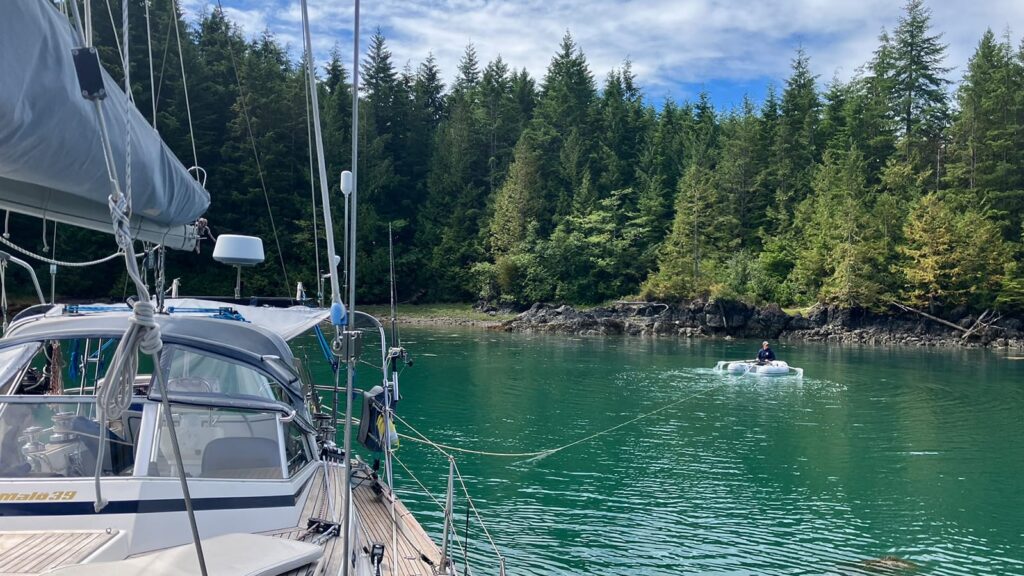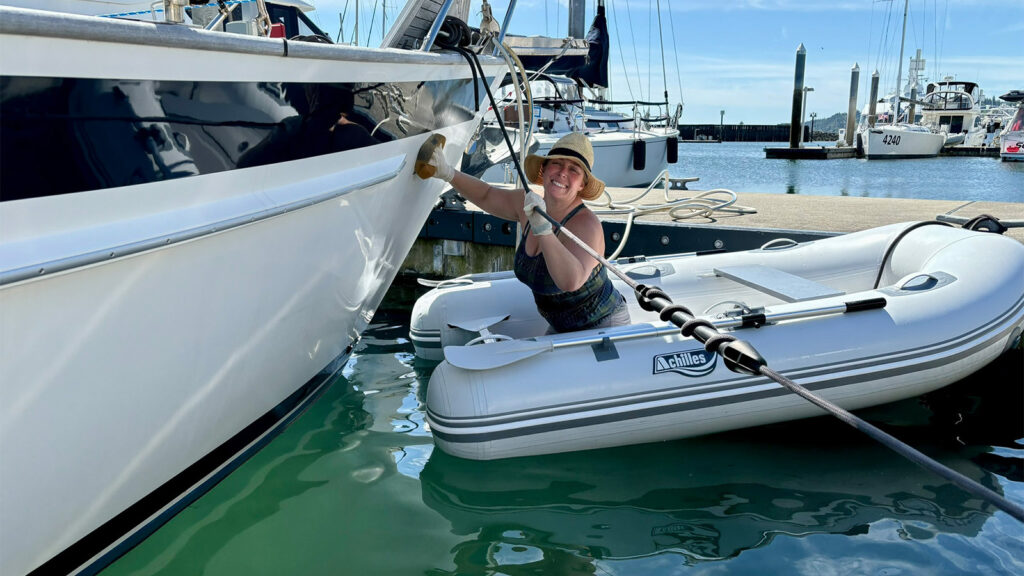A marine survey is essential when buying a boat, but it can’t catch everything. Learn 16 common issues surveys miss and how to prepare beyond inspection day.
Unlock Premium Articles from Expert Sailors!
Set your course for adventure with exclusive sailing articles packed with expert tips, in-depth guides, and sailing secrets to take your skills to the next level. But here’s the catch—this premium content is reserved for our American Sailing Plus subscribers! Don’t miss out on the latest insights and must-know techniques to make your time on the water even more rewarding.
Subscribe today and unlock it all!




